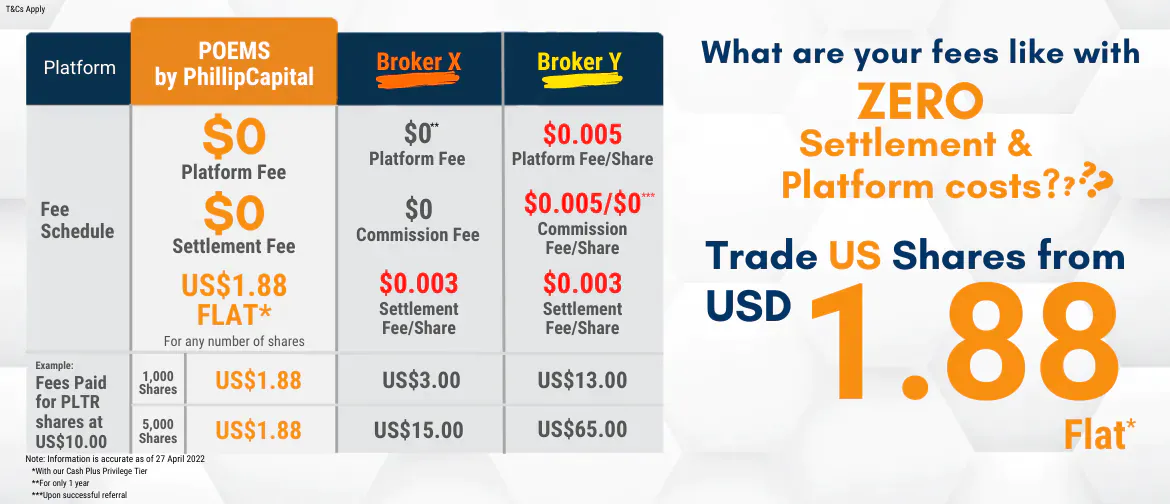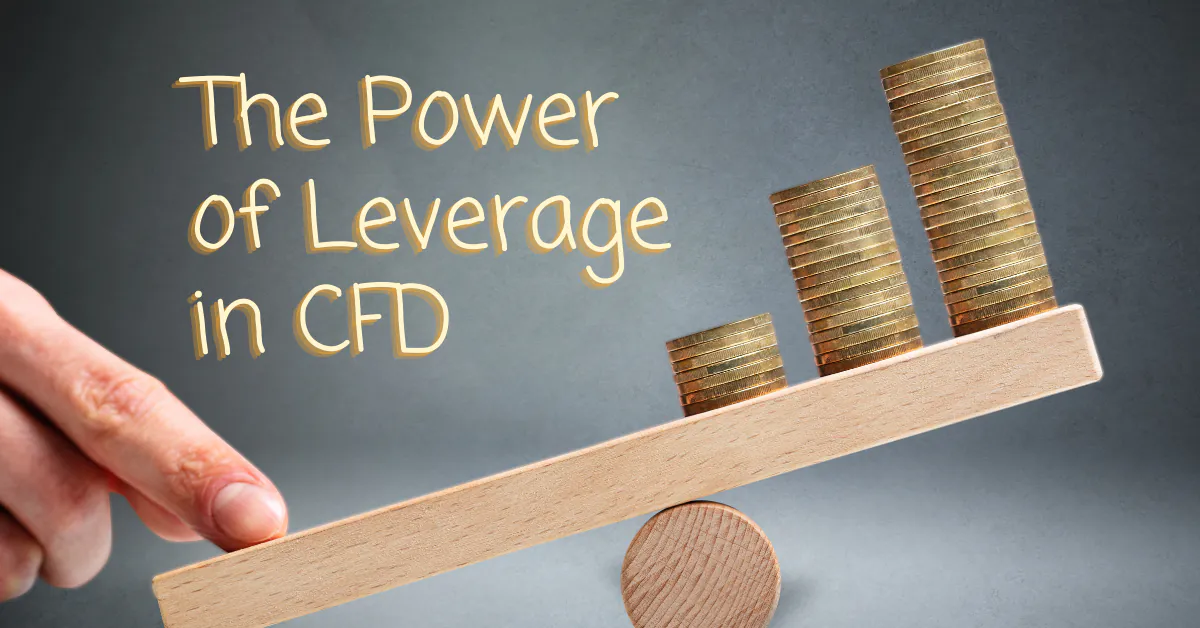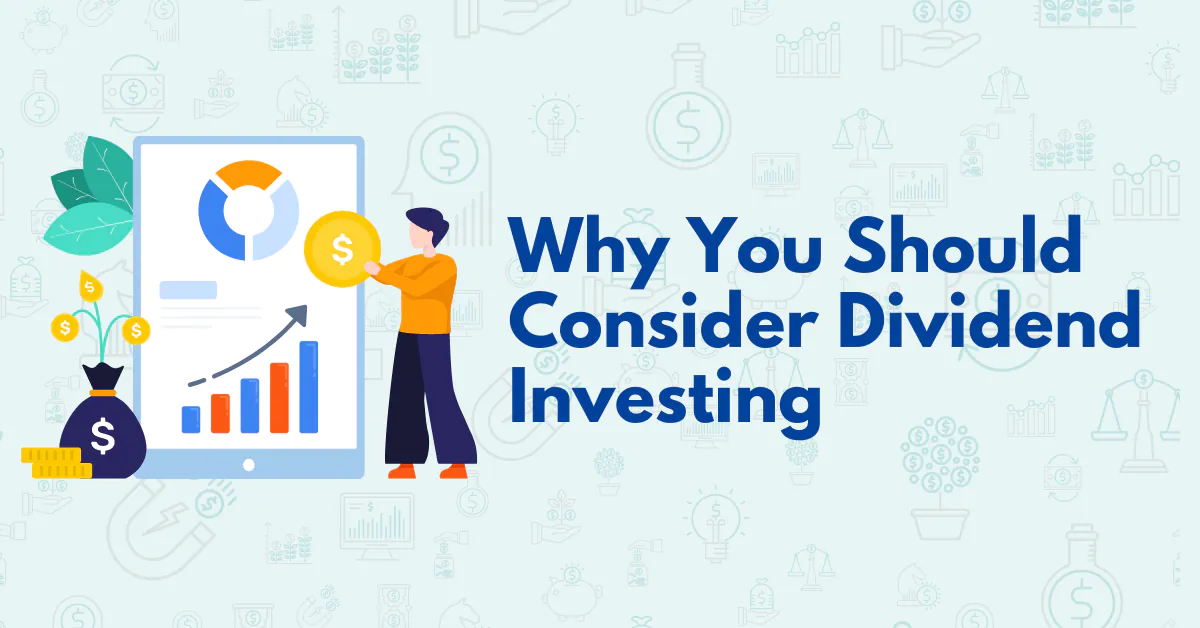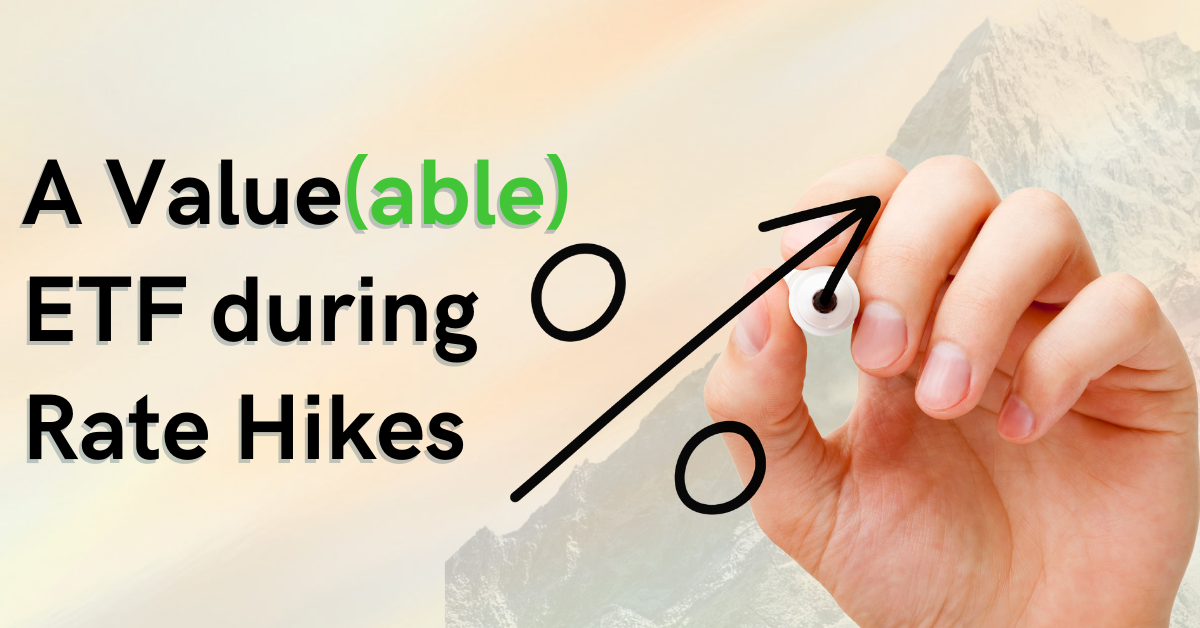Singapore Market: Buy the Dip or Dollar-Cost Averaging?
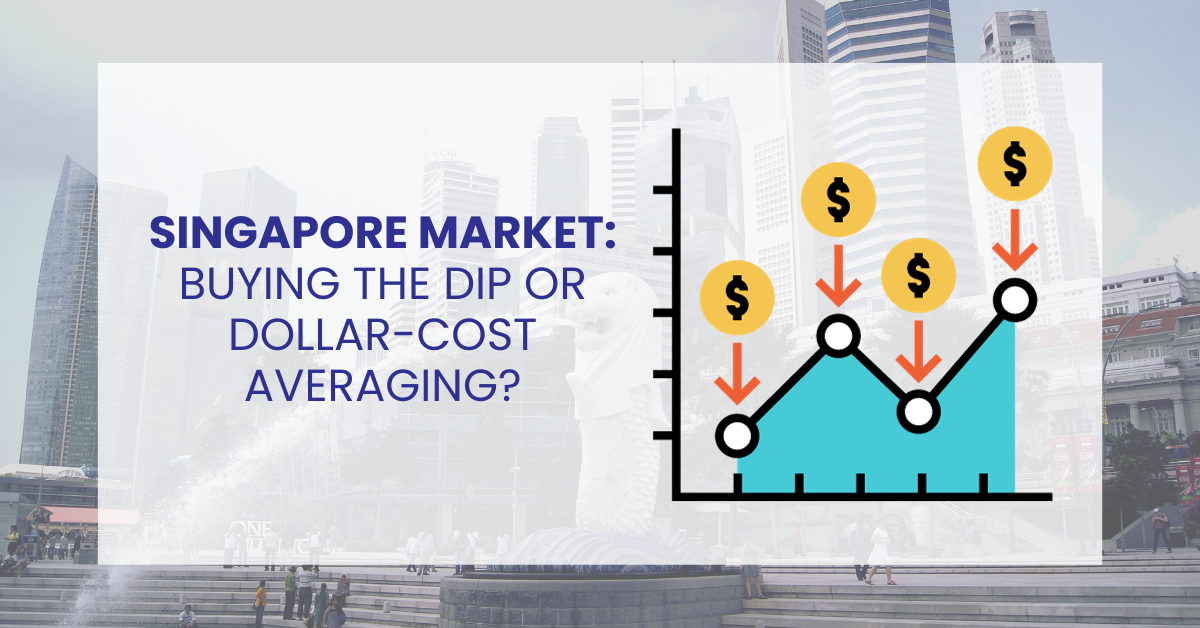
Lai Li Wen, Dealer
Li Wen started her investment journey when she was in university. She enjoys earning passive income and growing her capital through the stock market with a consistent trading strategy. She is passionate about trading in the stock market using technical analysis.
To the uninitiated, investing in the stock market can be deemed exhilarating and challenging. The ups and downs of the market might seem to a certain extent but no one could have precisely predicted black swan events such as the Russia-Ukraine War and the Sillicon Valley Bank collapse which caused the market to fluctuate.
Psst, there are actually strategies that will stand you in a good stead to build your wealth and minimise your risk exposure.
Two of the most popular strategies that come to mind are “Buy the Dip” and “Dollar-Cost Averaging”,designed to help investors navigate the challenges caused by market volatility and uncertainty. However, they serve different purposes and cater to different investor preferences and goals. In this article, we will examine the differences between the two strategies and assess their effectiveness
“Buy the Dip” Strategy
“Buy the Dip” is an investment strategy where investors take advantage of price declines also known as “dips” in the market to buy stocks when they are trading at a lower price than their usual market value. Investors see these short-term price drops as buying opportunities as they believe that market fluctuations are temporary and the prices will rebound in the future.
For illustration, let us look at the price chart of OCBC Bank (O39):

Source: SG Investor [1]
An investor following the “Buy the Dip” strategy would purchase shares at every dip based on OCBC Bank’s historical share price movements. In this case, the investor is buying OCBC shares every time the share price reaches its support area, believing that the market’s long-term trajectory is upwards towards the stock.
That being said, this strategy requires careful analysis of the fundamentals of a stock and the reasons behind the price drop. While the “Buy the Dip” strategy can be profitable if timed correctly, it also comes with risks. Attempting to predict when a price decline will reverse can lead to significant losses if the stock continues to decrease in value.
Thus, this strategy is better suited for investors with a higher tolerance for risk and those who have conducted thorough research on the stocks they intend to purchase.
Dollar-Cost Averaging
Dollar-Cost Averaging is an investment strategy in the stock market (and other financial markets) where an investor regularly invests a fixed amount of money into a particular investment, regardless of its current price. This approach aims to mitigate the impact of market volatility by spreading out purchases over time.
Using the same example as above, the investor is now buying a fixed amount of OCBC shares at the end of every three months.

This investor will consistently buy and accumulate the shares, regardless of the market condition.
The key advantage of this strategy is that it removes the need to accurately time the market in order to buy the stocks during the dips. Since investments are made consistently, it reduces the risk of making poor decisions based on emotional reactions to short-term market fluctuations.
This investor will consistently buy and accumulate the shares, regardless of the market condition.
The key advantage of this strategy is that it removes the need to accurately time the market in order to buy the stocks during the dips. Since investments are made consistently, it reduces the risk of making poor decisions based on emotional reactions to short-term market fluctuations.
Returns Yield from the two Strategies
There are pros and cons in both “Buy the Dip” and Dollar-Cost Averaging strategies. Now, you may be wondering: Which strategy would yield better returns?
Using the same example of OCBC Bank (O39), I have back tested the two different strategies to see which one generates higher returns. In the “Buy the Dip” strategy, it is assumed that I was able to buy at every dip in the share price, starting from August 2018 until August 2023. On the other hand, in the Dollar-Cost Averaging strategy, I would consistently buy the same number of shares at the end of every three months, regardless of the share price. The backtesting results are presented below:

From the result above, it is clear that the “Buy the Dip” strategy has outperformed “Dollar-Cost Averaging” strategy by 7%, mainly due to a lower average buying price. However, this does not conclusively prove that the “Buy the Dip” strategy yielded a better return as this strategy is highly dependent on how accurately the investor times the market.
The backtesting on the “Buy the Dip” strategy was carried out with the assumption that the investor predicted and bought all the dips precisely. In real life, this might be challenging for most investors in the stock market.
Most importantly, one thing that has been observed from the back testing is that both strategies are capable of yielding at least a 10% return in terms of stock price appreciation. That being said, if you had invested in OCBC Bank five years ago, you would now have a profit of at least 10% of the capital invested. Don’t forget that OCBC Bank had paid dividends throughout the five years!
Conclusion: Which strategy should I use?
In summary, the “Buy the Dip” strategy is geared towards seizing short-term opportunities and requires active decision-making and excellent market timing. On the other hand, the “Dollar-Cost Averaging” method aims to mitigate risks associated with market volatility and maintains a disciplined investment approach over the long term.
Ultimately, the “better” strategy depends on your goals and risk tolerance. Determining whether to employ the “Buy the Dip” strategy or the “Dollar-Cost Averaging” (DCA) strategy depends on various factors such as your individual financial situation, risk tolerance and investment goals.
If you are risk-averse, DCA might be more suitable as it provides a methodical way to invest without being overly affected by short-term market fluctuations. However, if you are comfortable with risk, “Buy the Dip” could be more appealing, especially if you have a strong understanding of market trends and believe in your ability to time the market.
Both strategies have their advantages and disadvantages. Regardless of the strategy you choose, it is important to conduct thorough research and consider your risk tolerance for stock trading.
How to get started with POEMS
As the pioneer of Singapore’s online trading, POEMS’s award-winning suite of trading platforms offers investors and traders more than 40,000 financial products across global exchanges.
Explore an array of US shares with brokerage fees as low as US$1.88 flat* when you open a Cash Plus Account with us today. Find out more here (terms and conditions apply).
We hope that you have found value reading this article. If you do not have a POEMS account, you may visit here to open one with us today.
Lastly, investing in a community is much more fun. You will get to interact with us and other seasoned investors who are generous in sharing their experience and expertise.
In this community, you will be exposed to quality educational materials, stock analysis to help you apply the concepts, unwrap the mindset of seasoned investors, and even post questions.
We look forward to sharing more insights with you in our growing and enthusiastic Telegram community. Join us now!
For enquiries, please email us at cfd@phillip.com.sg.
Promotions

Earn up to S$360 cash credits when you trade FX CFDs!
From 3 July to 29 September 2023, enjoy up to S$120 cash credits every month and earn up to S$360 cash credits when you trade FX CFDs on POEMS for 3 consecutive months (July, August and September).
*T&Cs Apply.
For more information, click here.
References
[1] https://sginvestors.io/sgx/stock/o39-ocbc-bank/stock-info
Trade on our award-wining suite of POEMS Platform. Open a CFD Account now!
More Articles
The Power of Leverage in CFD
What is leverage? Read our article to find out more about the different uses of leverage through the use of Contract for Differences (CFDs) for both traders and long-term investors.
Why You Should Consider Dividend Investing
Have you tried dividend investing? Learn more about why you should consider dividend investing!
A Value(able) ETF During Rate Hikes
Interested in buying valuable ETFs? Read on our article to find out more!
Disclaimer
This material is provided to you for general information only and does not constitute a recommendation, an offer or solicitation to buy or sell the investment product mentioned. It does not have any regard to your specific investment objectives, financial situation or any of your particular needs. Accordingly, no warranty whatsoever is given and not liability whatsoever is accepted for any loss arising whether directly or indirectly as a result of your acting based on this information.
Investments are subject to investment risks. The risk of loss in leveraged trading can be substantial. You may sustain losses in excess of your initial funds and may be called upon to deposit additional margin funds at short notice. If the required funds are not provided within the prescribed time, your positions may be liquidated. The resulting deficits in your account are subject to penalty charges. The value of investments denominated in foreign currencies may diminish or increase due to changes in the rates of exchange. You should also be aware of the commissions and finance costs involved in trading leveraged products. This product may not be suitable for clients whose investment objective is preservation of capital and/or whose risk tolerance is low. Clients are advised to understand the nature and risks involved in margin trading.
You may wish to obtain advice from a qualified financial adviser, pursuant to a separate engagement, before making a commitment to purchase any of the investment products mentioned herein. In the event that you choose not to obtain advice from a qualified financial adviser, you should assess and consider whether the investment product is suitable for you before proceeding to invest and we do not offer any advice in this regard unless mandated to do so by way of a separate engagement. You are advised to read the trading account Terms & Conditions and Risk Disclosure Statement (available online at www.poems.com.sg) before trading in this product.
Any CFD offered is not approved or endorsed by the issuer or originator of the underlying securities and the issuer or originator is not privy to the CFD contract. This advertisement has not been reviewed by the Monetary Authority of Singapore (MAS).





